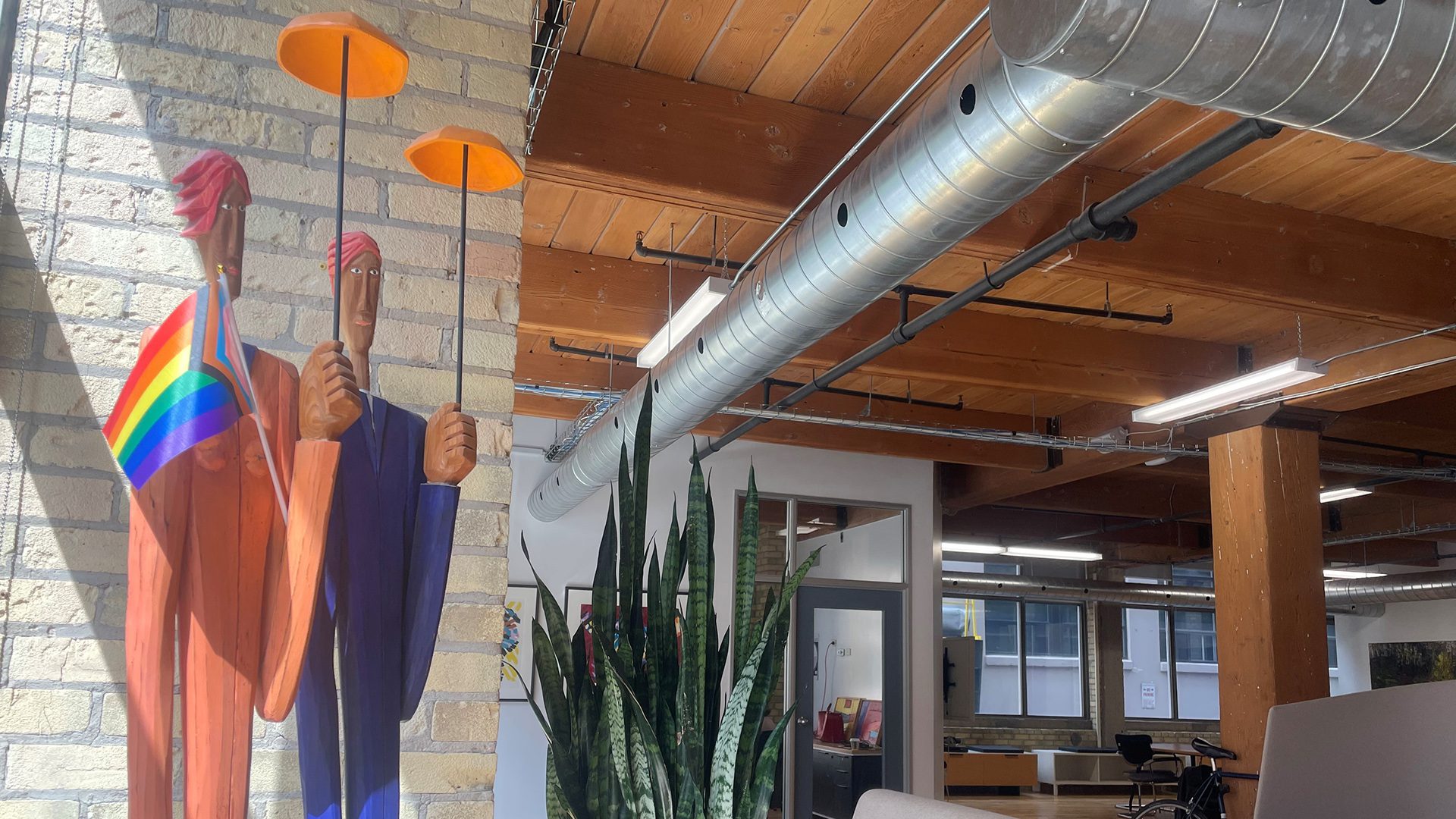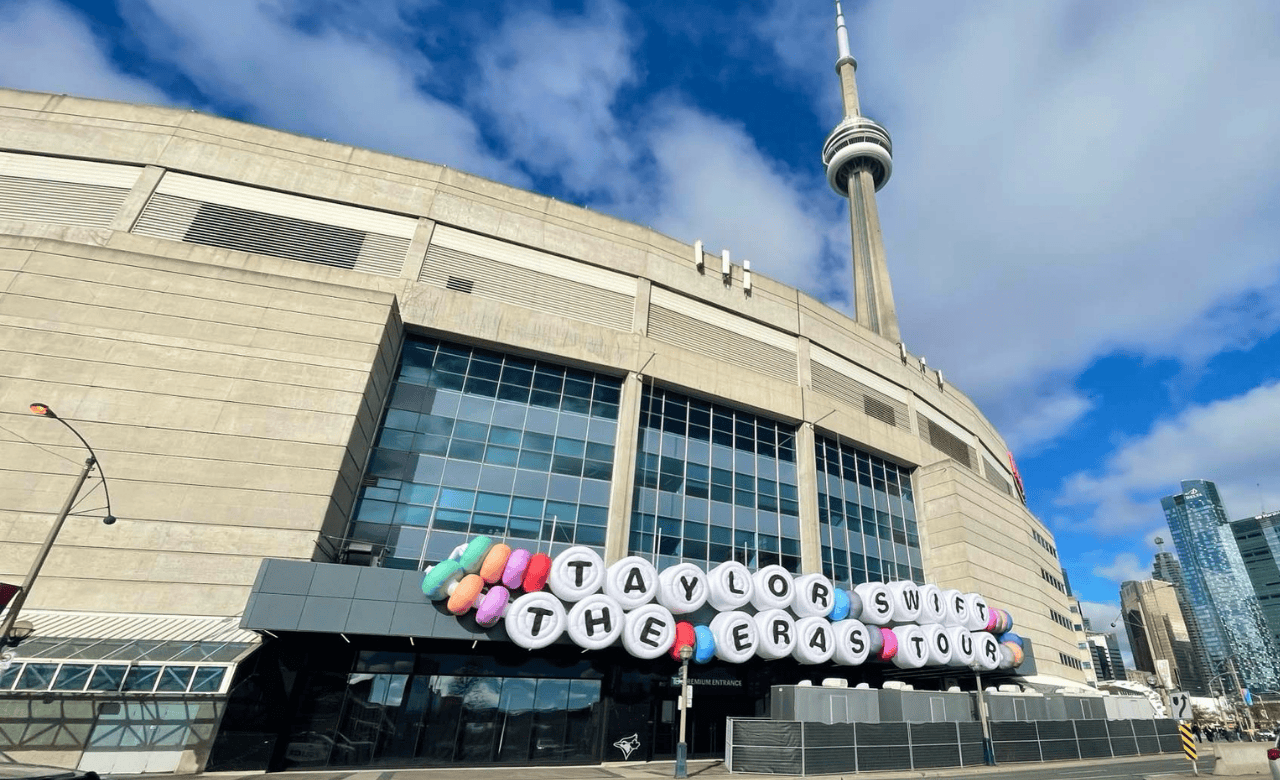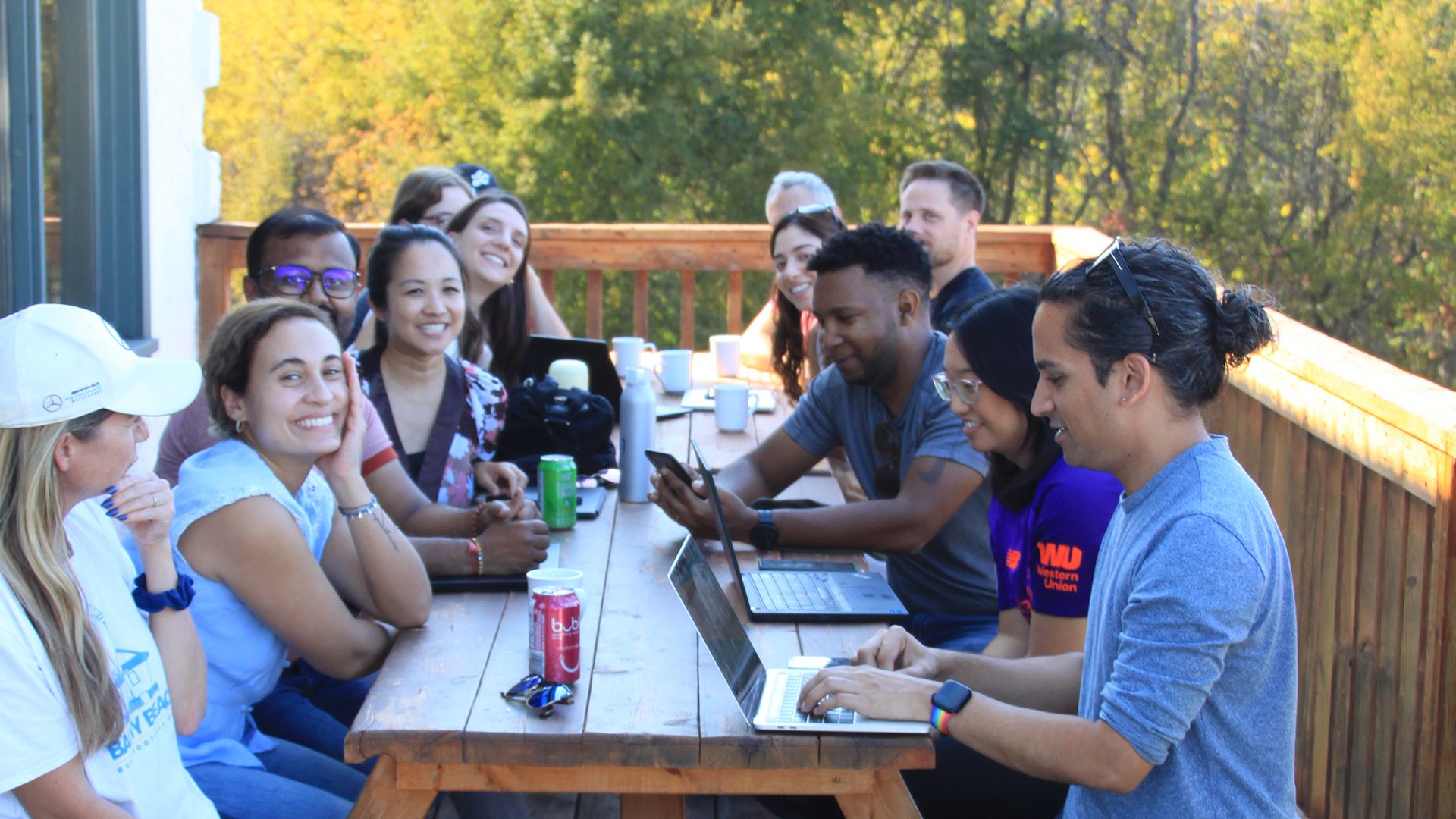How to conduct research with the 2SLGBTQIA+ community
How to conduct research with the 2SLGBTQIA+ community

Posted on: Friday Jun 16th 2023
Article by: Vijay Wadhawan
ARTICLE BY
Vijay Wadhawan
As organizations, including governments, private and public corporations and not-for-profit organizations invest in DEI initiatives and look to better understand equity-deserving communities, we’ve partnered with clients to help them better understand the 2SLGBTQIA+ communities. With it being Pride Month, I sat down with some team members and shared insights on how to craft meaningful and effective research that is done in a way that respects and recognizes the unique lived experiences of the 2SLGBTQIA+ community. Below are some of the most common questions I received.
As a researcher and member of the 2SLGBTQIA+ community, what unique perspective do you bring to the research process?
I’d say it’s a degree of empathy and familiarity rooted in shared experiences. It’s hard to specify exactly the difference that shared lived experience makes. It can be anything from having a more nuanced understanding of experiences folks might describe – of being outside the mainstream or other in some way – to simply being more familiar with some of the relevant issues and organizations that are getting attention within the community. In the 2SLGBTQIA+ it is also important to have a deep understanding of the language used within the community and understand the appropriate language to use and best practices on communication; for example, using 2S for 2-spirit before LGBTQ+ is an important recognition of the Indigenous Peoples in Canada and the way their culture and traditions recognize queer people in their community.
I think in dealing with any kind of minority community, research design tends to benefit from having people on the research team or advisors who have some fluency with the community and its experiences.
What should researchers keep in mind when approaching research with the 2SLGBTQIA+ community?
First of all, there’s a fraught history when it comes to research in general and health-related research in particular. It wasn’t long ago that same-sex attraction was treated as a mental illness, for example – the “research” about homosexuality was stigmatizing and dehumanizing.
Also, there have been – and there continue to be – many contexts in which simply disclosing queer or trans or other identities outside the mainstream could cause enormous damage in people’s lives. For many people that’s less true than it used to be, but it’s important to remember that sharing information about this dimension of people’s identities has historically carried enormous risks, and it still can.
In addition to the basics, here are 4 best practices to consider when engaging the 2SLGBTQIA+ community in research.
Avoid biased assumptions
or judgments in your questions and research design by doing thorough background research on the topic in order to ask more informed, nuanced and meaningful questions.
Approach the community with respect
by using inclusive language in the research instrument. Also, ensure you are considering factors that promote respondent comfort and safety.- When appropriate,
involve experts, partners, and individuals from the community
who have established trust and connections with the community.
How important is it for researchers to be aware of intersectionality when studying 2SLGBTQIA+ issues? How can researchers ensure that their studies capture the diverse experiences within the LGBTQ+ community?
Intersectionality is key. The 2SLGBTQIA+ community is extremely diverse – encompassing people with a lot of power and privilege, as well as some of the most marginalized folks in society. Every dimension of diversity that exists in society – migration status, ethnicity, religion, language, wealth, education – intersects with different aspects of gender and sexuality. Given all this complexity and diversity, it’s safe to say that a focus group with 10 gay men is not going to give researchers a complete window into the community. As is often the case, the kinds of representation you need to seek out will depend on the nature of your research question.
Also, developing a strong research product is not only a matter of making sure you’re surveying a well-composed sample, or speaking to a diverse range of participants. There’s also the question of what you’re noticing and listening for. As a researcher and as a queer brown man, I think I listen differently – aware that there are often some layers behind how people describe their experiences.
You work mainly in the Health and Wellness field. What are some things research teams should keep in mind when working with the 2SLGBTQIA+ community in this area in particular?
First of all, there are a lot of health concerns that warrant special attention in this community – from elevated rates of youth suicide, sexual health dynamics among men who have sex with men, barriers to accessing gender-affirming care along with mental health and addiction issues that can lead to other health risks and concerns.
Members of the 2SLGBTQIA+ community are like other Canadians in that their access to primary care really matters, in terms of helping them reach other forms of care and navigate the wider health system. But some community members will have distinct needs, in areas ranging from sexual health, and HIV to mental health and gender-affirming care. As we work to understand how well health systems and related products and services are working, it’s important to keep the possible effects of stigma in mind. If you have access to a primary care provider but that person is uncomfortable with your needs and not well informed about leading practices, what are the effects of that?
Finally, experiences for 2SLGBTQIA+ people can be heavily shaped by where they live. In theory, Canadians are entitled to the same level of care no matter where they live. In practice, care can vary a lot – as people in more rural areas know very well. This issue of uneven access can be compounded for 2SLGBTQ+ people; they might face discrimination in some places where there’s less familiarity with their identities. Of course, they might not; there are plenty of excellent care providers in smaller communities and most communities of all sizes have become more accepting and supportive over time. Pride is a good time to remember how much positive change there’s been while continuing to strive for equity and inclusion.
As we enter the latter half of Pride Month, I encourage you to take this opportunity to reflect on how your organization can continuously engage and understand the 2SLGBTQIA+ community. Thoughtful, respectful and meaningful research will yield nuanced insights, enabling you to better address the community’s unique needs and help you and your organization avoid making decisions based on assumptions and create authentic connections that extend beyond a single month of engagement.
Tags:
More Articles

Social Values
What Taylor Swift Era Are You In?
11/15/24
Laura Coelho

Segmentation
Exploring the Hidden Side of Patient Safety
11/01/24
Vijay Wadhawan

Thought Leaders
The Art and Science of Research: How ADHD Shaped My Unique Approach to Market Research
10/23/24
Vijay Wadhawan


